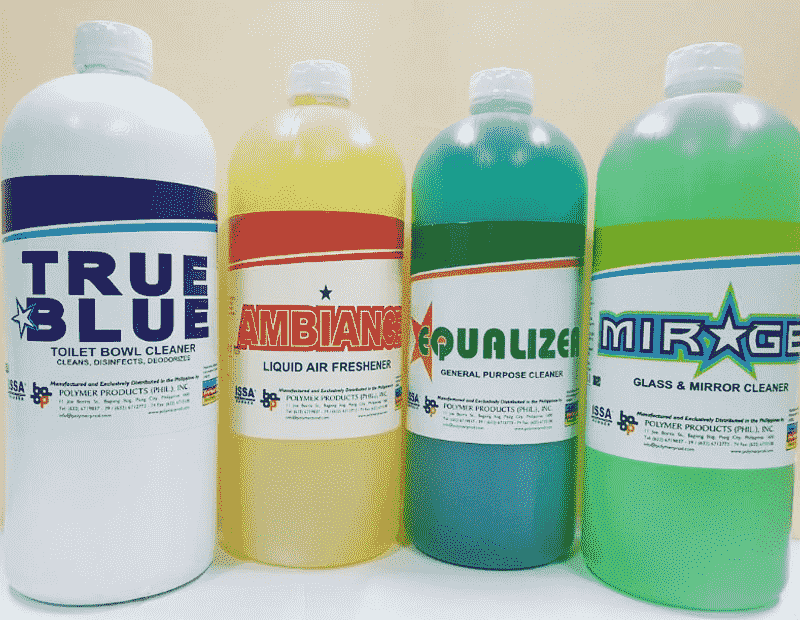Polymer products are diverse; Applications of polymer products are specified according to the polymer material. Resin is a type of plastic made of polymers. Polymer products are composites and are modified or stabilized by the addition of other materials. Polymer products are divided into amorphous and crystalline groups and are obtained from petroleum derivatives. These products are used in the automotive, aerospace, medical, building materials, water and wastewater, textile, medical and pharmaceutical, electronics, home appliances, packaging, sports equipment and supplies, environmentally friendly products, and consumer goods industries.
Raw material
The raw material of the polymer is carbon, which is derived from petroleum derivatives. Molecules of polymer products are small and invisible to the naked eye. Different polymer molecules are combined with other raw materials through the polymerization process.
Plastics are polymers, but polymers may not be made of plastic. Cellulose is a polymer product but it does not process like plastics and changes with the initial state.

Polymers Raw material
All kinds of plastic materials
Plastic is one of the polymer products that is turned into a valuable material by combining other materials and is processed by molding or other methods. The polymer can be produced by adjusting the temperature and conditions. Plastics are sturdy and lack inverse elasticity, which distinguishes plastics from rubbers and elastomers.
Plastics are classified into two groups: thermoplastic and thermostatic. Thermoplastic plastics soften and melt due to the injection or removal of resins and can be recovered. Thermostatic plastics do not have this feature. Thermoplastics are more important than the latter group. Homopolymer plastics are made of one substance and copolymers are made of two molecules.
Amorphous and crystalline polymer products
Polymer products are divided into amorphous and crystalline groups. Amorphous polymers are transparent; Polystyrene is one of these materials. The crystalline polymer has a regular and crystalline shape and the ingredients of these materials are like the first group.
Polymers are semi-crystalline; These products are strong compared to the amorphous group and do not have fragility properties. Increasing the temperature in this group of polymer products has caused deformation and this is one of their prominent features.

Polymer plastics
The color of polymers is opaque and transparent and they lose their original shape at a certain temperature. Polyethylene is one of the thermoplastic semi-crystalline polymers. Polystyrene was transparent, crystalline, and amorphous. Both amorphous and crystalline polymer products are used in plastic studies.
Names and abbreviations of thermoplastic polymer products
Polymer products are classified into two groups: thermostats and thermoplastics. Thermoplastics are used in laboratory studies of plastics and play an important role in the plastics industry.
Polystyrene, polycarbonate, and PMMA are amorphous, and the opposite of these plastics is polymer, polypropylene, PET, and polyamide polymer, all of which have a specific shape.
Common names for thermoplastics
Polymers are known by the prefix poly, which means a high number of plastic molecules. Plastic materials are made from a combination of two or more chemical raw materials. Polymer products are named based on the raw material. Polystyrene and polypropylene are examples of this.

Introduction of applications of polymer products
The applications of polymer products
The most important applications of polymer products are in the aerospace, automotive, electronics, and medical equipment industries, and the range of applications is increasing every day.
The application of each polymer product is determined by the service life of the product. The polymer is classified according to the ISO standard and the application of each is specified. According to the characteristics of each product, the lifespan of the polymer can be determined. Polymers are used as industrial fillers, solvents, pigments, and inks.

Polymer packaging
The most important target industries
- Packing
- Consumer goods
- Building Materials
- Medical
- Aerospace
- Automobile manufacturing
- 3D printing
- Sports equipment
- Laboratory studies
- Holography
- Water refinery
- Printed electronic circuits
- Eco-friendly products
- Eco-friendly polymers
Polymer products specialists develop and expand the range of applications of polymer products based on their specialized knowledge.
Types of polymer products
Polycarbonate (PC)
It is one of the most well-known polymers and is used in the manufacture of compact discs, water purifiers, bottles, shop windows, and partitions.

Polymer Products
Polyurethane (PE)
This polymer material is used to make metal sheets, car seat covers, waterproof clothes, covers, belts, picture frames, and photo frames.
Polystyrene (PS)
This material is known to be used in the manufacture of thermal insulation, air conditioner enclosures, toys, auto parts, and auto spare parts.
Polyvinyl chloride (PVC)
This polymer material is one of the most well-known plastic materials in the world. This material is used to make roofing materials, water pipes, window curtains, sewer pipes, and air conditioners.
Polypropylene (PP)
It is known by different names in different countries. It is used in the food, chemical, textile, and hospital industries.
Conclusion
Polymer products are divided into amorphous and crystalline groups and are obtained from petroleum derivatives. These products are used in the automotive, aerospace, medical, construction materials, water, sewage, and textile industries.
In addition, medical and pharmaceutical manufacturing, electronics, home appliances, packaging, sports equipment and supplies, eco-friendly products, consumer goods, are examples of applications of polymer products.

